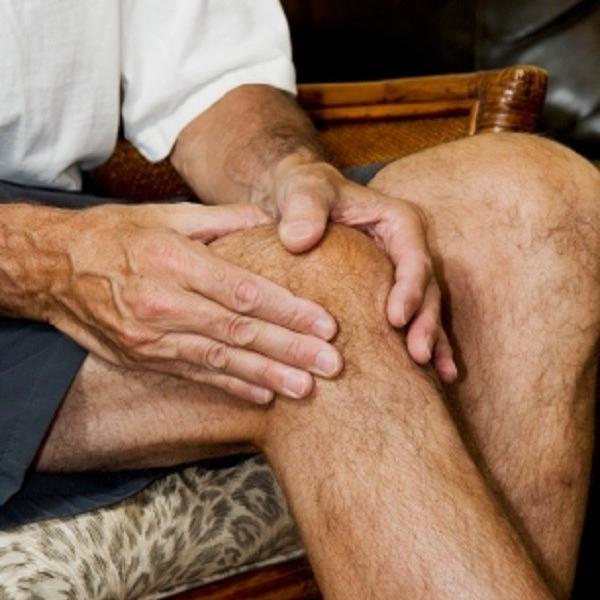The Benefits of Meniscal Tear Physical Therapy Treatment

Authored by Dennis Carter, PT, MPT, physical therapist and clinic director at ATI Naperville South
What is a Meniscal Tear?
A meniscal tear in the knee is an injury to the cartilage that absorbs weight through the joint. Tears can occur as a result of sudden trauma such as twisting, or over extending the knee. Tears can also develop due to degenerative changes over time. Meniscal tears can limit a person’s ability in squatting, twisting, athletics, or performing activities at work and at home. A recent article in The New England Journal of Medicine supports that there is a high percentage of successful outcomes for patients seeking physical therapy as their first choice of care for a torn meniscus in the knee. This is a welcome statement to those who may have been recently given the diagnosis of a meniscal tear, and are weighing options for a plan of care.
Many times when patients are given a diagnosis, they form the opinion that they are set on a defined path without options. A diagnosis of a “tear in the knee” is often associated with it getting “fixed”, which can be upsetting and discouraging when patients consider their future activity level.
The Benefits of Meniscal Tear Physical Therapy
Growing evidence supports physical therapy as a viable alternative to early surgical intervention. Physical therapy can provide treatments that reduce the pain and inflammation associated with the acute nature of a tear. Modalities such as electrical stimulation, compression, and ice are frequently used to reduce acute swelling and pain. Manual care provided by a Physical Therapist can help to restore range of motion, improve joint mechanics, decrease swelling, and increase muscle flexibility. Specifically prescribed therapeutic exercises can address deficiencies in strength and muscle control that may have resulted from, or even contributed to events leading to the tear.
Who Should Consider Physical Therapy for Meniscal Tears?
Physical therapy has been a successful option for many. More research is needed to identify what factors determine the characteristics that will identify who will be successful with either treatment option. Deciding if it is right for you should be done as part of a team. The decision should be made with your doctor and therapist based on several factors: the mechanism of injury, history of progressive symptoms, a thorough clinical examination, diagnostic studies (x-rays, MRI), and your goals/aspirations for future activity level. The decision is not simply black and white and often comes down to individuality.
How Does Physical Therapy Work for Meniscal Tears?
When the conservative approach of therapy is chosen, patients should be well educated in the nature of the injury, the avoidance of activities that could negatively impact their progress, and the expected progressions they will encounter. Treatment will focus on progressive strengthening, range of motion, flexibility, balance, gait training, and functional activities. Considerations are also given to address individual deficiencies that may have contributed to the nature of the injury: weakness of hip and thigh muscles, foot mechanics such as over pronation (flat feet), inflexibility of the calf and hamstring muscles.
Recieve Meniscal Tear Treatment Today
Whenever affected by any health issue or concern, awareness of options is prudent. Meniscal tears are no different. Custom treatments in physical therapy and dedication to prescribed home program allow many people to return to a high functional level following a meniscal tear in the knee. Please be sure to discuss details of your injury and all options with your doctor. If you have more questions please reach out to one of your local physical therapists who can help to answer your questions.
